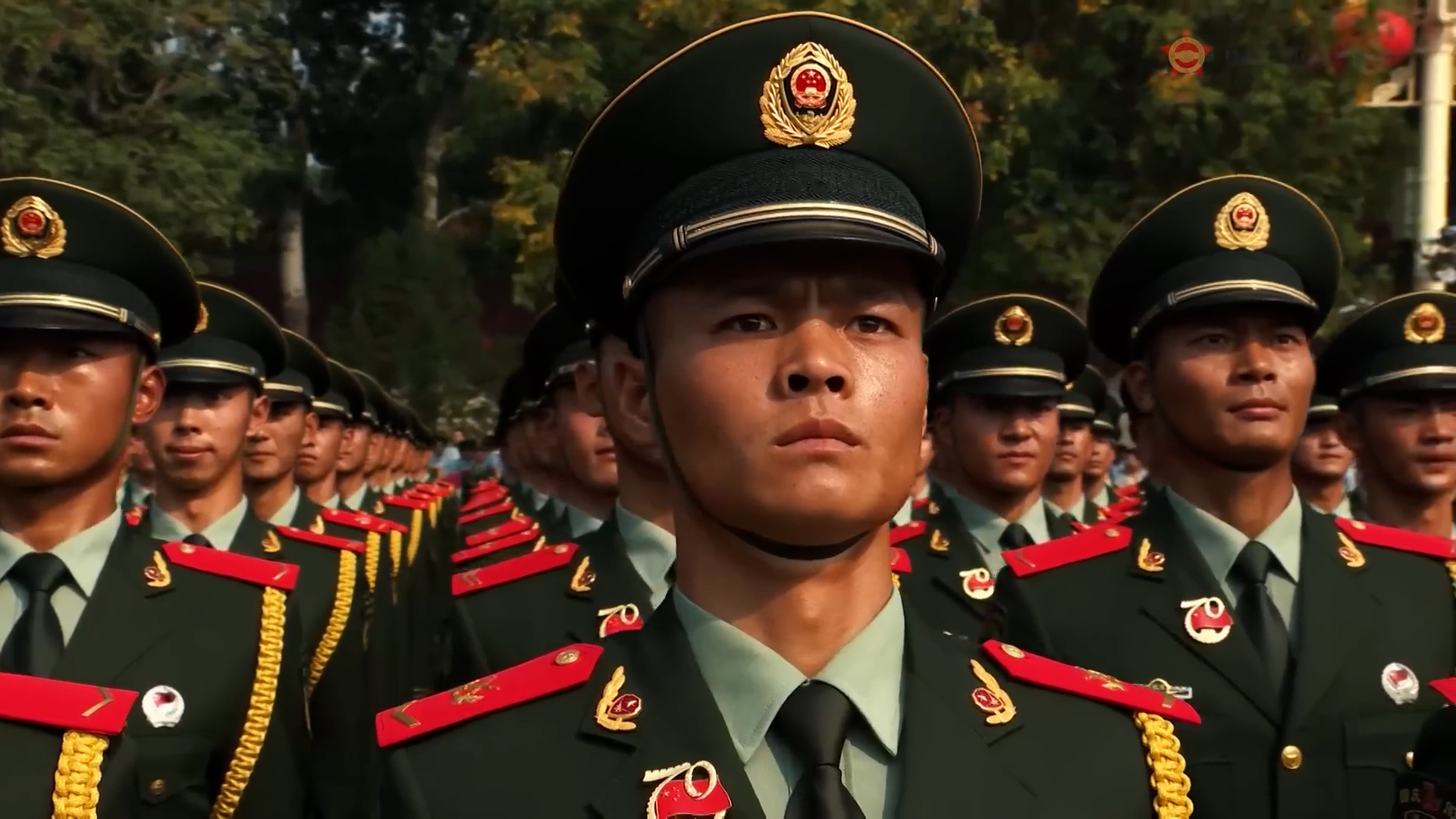
[Ryan Robertson]
FOR MOST OF US A NEW YEAR CAN FEEL LIKE A NEW START, A RESET ON THE THINGS WE CAN CONTROL. AND WHILE THAT’S TRUE FOR SOME THINGS, THE HARD FACT IS THE PROBLEMS THAT EXISTED IN 2024, WILL MOST LIKELY REMAIN AS WE START ANOTHER TRIP AROUND THE SUN.
THAT’S PARTICULARLY TRUE FOR OUR NATIONAL DEFENSE. ESPECIALLY AS EACH BRANCH OF THE DOD WORKS TO MODERNIZE THEIR FORCES.
AT THIS YEAR’S AIR, SPACE, AND CYBER CONFERENCE HOSTED BY THE AFA, THE COMMANDERS OF NORAD, U.S. CYBER COMMAND, U.S. SPACE COMMAND, AND U.S. TRANSPORTATION COMMAND GATHERED TO TALK ABOUT THE DANGERS WE CURRENTLY FACE. AND THAT’S THE SUBJECT OF THIS WEEK’S DEBRIEF.
AS 2025 BEGINS, AMERICA’S NATIONAL DEFENSE FACES AN ARRAY OF EVOLVING THREATS. FROM RISING TENSIONS WITH CHINA AND RUSSIA TO THE CHALLENGES POSED BY NON-STATE ACTORS, THERE’S NO SHORTAGE OF PROBLEMS TO PREPARE FOR. AS THE COMMANDER OF NORAD, GENERAL GREG GUILLOT (Gey-oh) EXPLAINS, THOSE THREATS HAVE GROWN FROM REGIONAL CONCERNS TO GLOBAL ONES.
[Gen. Greg Guillot, Commander, U.S. Northern Command & NORAD]
“What we face today is a variety of threats in all domains, from multiple adversaries and from all avenues approach, not just from the from the north. And these threats can threaten us from much further away than even just a couple of years ago.
[Ryan Robertson]
IT’S THAT KIND OF REACH THAT HAS THE ATTENTION OF FORMER U.S. TRANSPORTATION BOSS, THE NEWLY RETIRED GENERAL JACKIE VAN OVOST (Oh-voast), WHO CITES CYBER VULNERABILITIES BOTH HOME AND ABROAD.
[Gen. Jackie Van Ovost, Commander, U.S. Transportation Command] “What we’re talking about is winning without fighting. Sound familiar? There? In that every day. And then finally, we talk about the long range threat, the long range threat to mobility missions specifically designed to touch us. And these are the risks we see playing out today on an active basis around the globe”
[Ryan Robertson]
AS FAR AS WHO STANDS AS AMERICA’S BIGGEST THREAT ACROSS ALL SPECTRUMS, THE PANEL WAS VERY POINTED IN THEIR ASSESSMENT OF THE PEOPLE’S REPUBLIC OF CHINA. NOT ONLY IS THE P-R-C HEAVILY INVESTED IN A MILITARY BUILD-UP, THEY ARE INTENSELY FOCUSED ON CYBERWARFARE. AS GENERAL TIMOTHY HAUGH (Haw), COMMANDER OF U.S. CYBER COMMAND, POINTS OUT, IT’S A MULTI-PRONGED OFFENSIVE.
[Gen. Timothy Haugh, Commander, U.S. Cyber Command]
“We want to expose this threat first is where PRC has been targeting, the intellectual property of our industry, which is really the foundation of our economy and the underpinnings of our department’s security. Also how they look at, over time, the critical infrastructure of the United States, we’ve exposed how they target our critical infrastructure and what that means for us as a nation, that we have a competitor that is willing to use those type of tactics to target not only the department but our citizens.”
[Ryan Robertson]
AND THOSE ARE JUST THE THREATS HERE ON TERRA FIRMA. AS U.S. SPACE COMMAND’S TOP BOSS, GENERAL STEPHEN WHITING (Why-ting), EXPLAINS, THE U.S. IS ALSO WORKING TO DEFEND THE NATION FROM THREATS THAT MAY NOT NECESSARILY BE LAND-BASED AS BOTH CHINA AND RUSSIA CONTINUE TO WORK ON WAYS TO DISRUPT AMERICA’S SPACE-BASED COMMUNICATIONS SYSTEMS. AND THEY AREN’T STOPPING THERE.
[Gen. Stephen Whiting, Commander, U.S. Space Command]
“The PRC in particular has gone to space for the same advantages that we have, not because it’s cool. I mean, it is, but that is not why they’ve gone to space. It’s to give themselves the ability to operate on ocean wide, on continental wide, on global scales. And so they have gone to space to enable their air force, their army, their navy, their Marine Corps, to be more precise, more lethal and more far ranging. And we’ve got to deal with that fact to make sure that we help protect the joint force from the space enabled attack of others.”
[Ryan Robertson]
ANOTHER AREA OF GROWING CONCERN FOR U.S MILITARY LEADERSHIP, THE ARCTIC. INCREASING LEVELS OF COLLABORATION BETWEEN RUSSIA AND CHINA HAS AMERICA’S ATTENTION. IN FACT THE TWO ADVERSARIES EXERCISED TOGETHER IN THE BERING STRAIT IN SUMMER OF 2023.
[Gen. Greg Guillot, Commander, U.S. Northern Command & NORAD]
“But it shows on a daily basis that the Arctic is is a an area where a number of nations are showing interest, not only for military purposes, but also for scientific purposes. And it takes up 52% of our AOR so we spent a lot of time looking at that, how we adapting to that is pursuing sensors that go from sea floor all the way up to space in multiple layers and domains to make sure that we can detect all of those adversaries, not at the ranges that we did 510, years ago, but much further away. Because of the increased complexity and capability of their weapons,”
[Ryan Robertson]
A CAPABILITY THAT THE GENERALS POINTED OUT WILL ONLY CONTINUE TO GROW. AND WHILE THOSE CHARGED WITH DEFENDING THE U.S. MAY NOT YET HAVE ALL THE ANSWERS THEY’RE LOOKING FOR, THEY DO SAY THEY THINK THEY’RE ON THE RIGHT TRACK. AKNOWLODGING THAT PRIORITIZING INVESTMENTS IN SECURE COMMUNICATIONS AND ACCELERATING THE ADOPTION OF ARTIFICIAL INTELLIGENCE WITHIN U.S. CYBER COMMAND AND ITS COMPONENTS WILL ENHANCE CYBER SECURITY AND THEIR ABILITY TO RESPOND TO AI-ENABLED CYBER ATTACKS.











